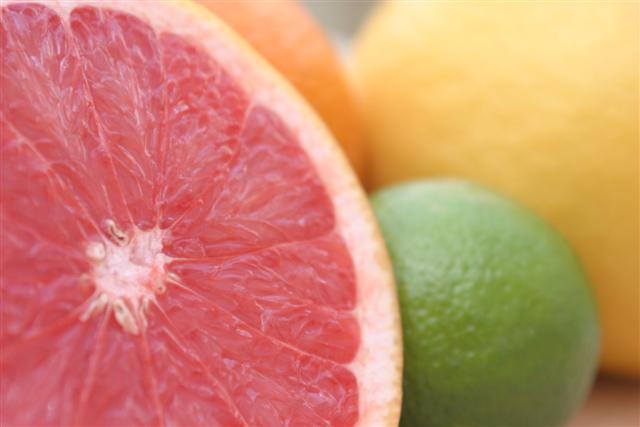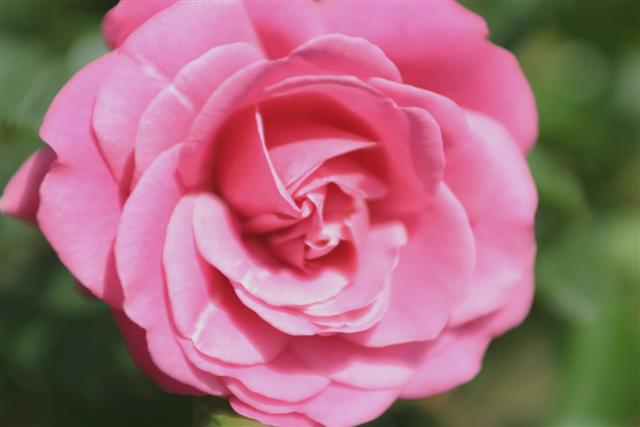- Home
- About Us

Citrus forms an important part of our product range
Read moreAbout Us
- How We Work

We have own roses under cultivation in Bulgaria
Read moreHow We Work
- News
- Products
- Services

We ship to more than 50 countries worldwide
Read moreServices
- Contact Us
- Home
- Products
Products
We are committed to providing only the highest quality of flavour and fragrance ingredients on demand to our customers worldwide. Our diverse product list offers a selection of over 250 natural and synthetic aroma chemicals, coolants, essential oils and extracts. Even if you cannot find a specific product you are looking for, do contact us as we may still be able to help.
Filter products by:
Clear allKeyword or product code
Grapefruit Oil Florida Type Citrus paradisi Macf.
The essential oil is obtained by cold expression from the peel. Like many other citrus oils, its shelf life is short and the oil must be stored under the correct conditions to prevent oxidation. The market of grapefruit juice and therefore the oil is particularly susceptible to food trends, going in and out of fashion regularly, notwithstanding the variation in the crop sizes from one season to the other.
EU Natural | DMA Code: 800336 | CAS Number: 90045-43-5 | FEMA Number: 2530
Grapefruit Oil Florida Type 10-Fold Citrus paradisi Macf.
The high terpene content in citrus oils can limit their application in water-based food and beverage consumer products. Partial or full deterpenation of the oil results in improved solubility and varying odour profiles depending on both the method and extent to which it is carried out.
EU Natural | DMA Code: 800335 | CAS Number: 90045-43-5 | FEMA Number: 2530
Grapefruit Oil Florida Type 5-Fold Citrus paradisi Macf.
The high terpene content in citrus oils can limit their application in water-based food and beverage consumer products. Partial or full deterpenation of the oil results in improved solubility and varying odour profiles depending on both the method and extent to which it is carried out.
EU Natural | DMA Code: 800334 | CAS Number: 90045-43-5 | FEMA Number: 2530
Grapefruit Oil Israeli Type Citrus paradisi Macf.
The essential oil is obtained by cold expression from the peel. Like many other citrus oils, its shelf life is short and the oil must be stored under the correct conditions to prevent oxidation. The market of grapefruit juice and therefore the oil is particularly susceptible to food trends, going in and out of fashion regularly, notwithstanding the variation in the crop sizes from one season to the other.
EU Natural | DMA Code: 800337 | CAS Number: 90045-43-5 | FEMA Number: 2530
Grapefruit Terpeneless Citrus paradisi Macf.
The high terpene content in citrus oils can limit their application in water-based food and beverage consumer products. Partial or full deterpenation of the oil results in improved solubility and varying odour profiles depending on both the method and extent to which it is carried out.
EU Natural | DMA Code: 800339 | CAS Number: 90045-43-5 | FEMA Number: 2530
hexanoic acid carboxylic acid
A carboxylic acid with the molecular formula C4H12O2, it is found in nature and has a sour, fatty, sweaty, cheese-like odour.
EU Natural | DMA Code: 800266 | CAS Number: 142-62-1 | FEMA Number: 2559
hexyl acetate Hexyl Acetate
An ester with the molecular formula C8H16O2, it is found in nature and has a fruity, green, apple, banana-like odour.
EU Natural | DMA Code: 800270 | CAS Number: 142-92-7 | FEMA Number: 2565
5-hydroxy-2-decenoic acid massoia lactone, (6R)-6-pentyl-5,6-dihydropyran-2-one, 5-hydroxy-2-decenoic acid delta-lactone
An alkyl lactone with the molecular formula C10H16O2, it is found in nature and has a creamy, milky, waxy, coconut-like odour.
EU Natural | DMA Code: 800280 | CAS Number: 54814-64-1 | FEMA Number: 3744
Immortelle Absolute Helichrysum spp.
Immortelle, meaning everlasting, is also often called by its botanical name, Helichrysum. Growing around the Mediterranean Sea, several species are used for oil and absolute manufacture.
EU Natural | DMA Code: 800767 | CAS Number: 90045-56-0 | FEMA Number: 2592
isoamyl acetate isopentyl acetate
An ester with the molecular formula C7H14O2, it is found in nature and has a sweet, fruity, banana-like odour.
EU Natural | DMA Code: 800273 | CAS Number: 123-92-2 | FEMA Number: 2055
isovaleraldehyde 3-Methylbutyraldehyde
An aldehyde with the molecular formula C5H10O, isovaleraldehyde has a ethereal, aldyhydic, chocolate, peach, fatty-like odour.
Synthetic | DMA Code: 800138 | CAS Number: 590-86-3 | FEMA Number: 2692
Jasmine Absolute Egyptian Jasminum spp.
Jasmine has a strong distinctive floral scent and has always been a major ingredient in perfumes, fragrances for soaps, toiletries and cosmetic products. Several species exist but the J. grandiflorum and J. sambac are the main two used for concrete and absolute manufacture. The dried flowers are also used in jasmine tea.
EU Natural | DMA Code: 800904 | CAS Number: 84776-64-7 | FEMA Number: 2598
Juniper Berry Oil Juniperus communis L.
The tree of juniperus communis bears green berries for the first year turning black in the second and third. One type of juniper is the source for cade oil.
EU Natural | DMA Code: 800736 | CAS Number: 84603-69-0 | FEMA Number: 2604
Laevo menthol (-)-menthol
An organic compound with the molecular formula C10H20O, it is found in nature and has a peppermint, mentholic, minty-like odour.
EU Natural | DMA Code: 800281 | CAS Number: 2216-51-5 | FEMA Number: 2665
Lavandin Oil Lavandula angustifolia x Lavandula latifolia
Lavandin is an hybrid from spike lavender and true lavender. The bulk of the production of oil comes from farms in the mountainous region of south-east France.
EU Natural | DMA Code: 800920 | CAS Number: 91722-69-9 | FEMA Number: 2618
Lavender Oil Lavandula angustifolia
With over one hundred constituents, this oil boasts a wide range of therapeutic virtues and is used extensively in the fragrance and cosmetic industry.
EU Natural | DMA Code: 800345 | CAS Number: 90063-37-9 | FEMA Number: 2622
Lemon Essence Oil Citrus limon (L.) Burm. F.
Essences can be collected from fresh juice in a number of ways, including partial distillation prior to juice evaporation or by condensation of volatiles from the early stages of evaporation. De-oiling juice is important as the acid pH causes chemical degradation of the terpenes leading to off-flavours. Two phases, namely aqueous and oil, are obtained during recovery. The composition of essence oils is similar to that of peel oils but the essence oils usually contain a larger amount of aliphatic ethyl esters. Thus, their aroma resembles that of a particular juice more than that of peel oils.
EU Natural | DMA Code: 800353 | CAS Number: 84929-31-7 | FEMA Number: 2625
Lemongrass Oil Cochin Cymbopogon flexuosus
The herb of lemongrass is perenial, fast growing up to a height of around 1.5 metres and produces an oil when the partly dried leaves are distilled. The Indian (Cochin) lemongrass oil is one of the main two qualities traded worldwide, the other being the Guatemalan oil, which comes from a different species.
EU Natural | DMA Code: 800361 | CAS Number: 91844-92-7 | FEMA Number: 2624
Lemon Oil Argentina Type Citrus limon (L.) Burm. F.
The essential oil is produced by cold expression from the skin at the same time as the fruit is pressed for juice collection. Over the last 30 years the price fluctuation of this oil has been dramatic due to crop failures in various origins across the world.
EU Natural | DMA Code: 800346 | CAS Number: 84929-31-7 | FEMA Number: 2625
Lemon Oil Argentina Type 5-Fold Citrus limon (L.) Burm. F.
The high terpene content in citrus oils can limit their application in water-based food and beverage consumer products. Partial or full deterpenation of the oil results in improved solubility and varying odour profiles depending on both the method and extent to which it is carried out.
EU Natural | DMA Code: 800347 | CAS Number: 84929-31-7 | FEMA Number: 2625
Email Sign up
You have been successfully signed up to the De Monchy newsletter
What you'll receive in every monthly De Monchy Newsletter
- A round up of the latest news from the flavour & fragrance industry.
- Insight into the effects of currency fluctuations, political unrest and severe weather on a range of flavour and fragrance raw materials.
- Our opinion on likely market movements including buy recommendations and suggestions of what to watch.

